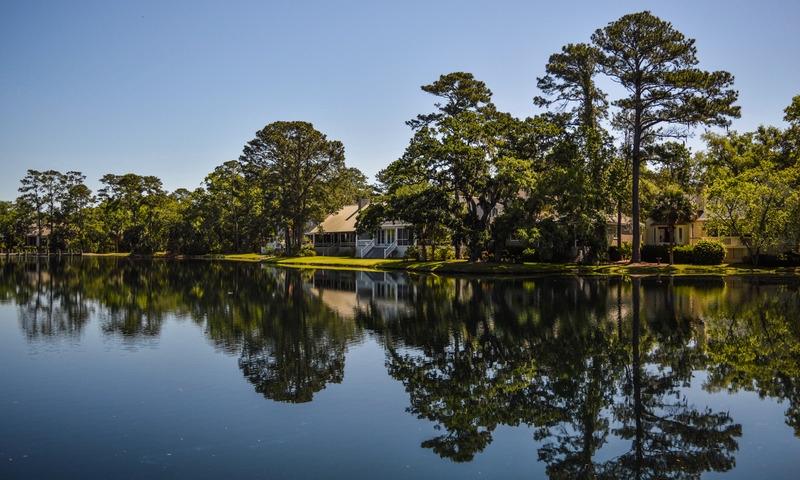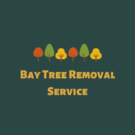Learn about how to water your trees and plants and how much to water. this article gives more details about watering plants. Water for your plants is a mysterious topic, thanks to “Roger Holmes & Lance Walheim” for their wonderful book “California Home Landscaping”, this article is taken from the book.
California’s long, dry summers and frequent droughts make watering a critical concern of gardeners hare. Though some plants will survive long dry periods once established, almost all plants will need regular watering the first few years after planting. And most will need summer watering their entire life to look their best.
But there is more at stake than just the survival of plants. Water conservation is a daily obligation in California, where water is a valuable and limited resource. Outdoor landscape use a large portion of urban water, so nothing should be water. During periods of drought, mandatory conservation is often strictly enforced.
So for the health of your plants and for the preservation of a valuable resource, make water conservation part of your landscape planning from the beginning. The box below outlines effective water-saving practices for home landscape. You can also consult your local water department for advice about watering gardens and lawns.

Watering Systems
One of the best ways to conserve water is to use an efficient delivery system. The simplest watering systems- watering cans and handheld hoses- are also the most limited and inefficient. They can be adequate for watering new transplants or widely separated individual plants. But sprinkling plant in an entire bed with a hose and nozzle for even as long as an hour may provide less water than half an inch of rainfall. And wetting just the top few inches of soil this way encourages shallow root growth, making it necessary to water more frequently. To provide enough water to soak the soil to a depth of a foot or more, you need a system that can run untended for extended periods.
Hose-end sprinklers are easy to set up and leaves to soak an area. But they’re also inefficient: Water is blown away by wind. It runs off sloped or paved areas. It is applied unevenly, or it falls too far away from individual plants to be of use to them. And because sprinklers soak leaves as well as soil, the damp foliage may breed fungal diseases.
Low – Volume Irrigation
For garden beds and landscape plantings like those in this book, low-volume irrigation systems are the most efficient and offer the most flexibility and control. Frequently called “drip” irrigation systems, they deliver water at low pressure through a network of plastic pipes, hoses, and tubing and a variety of emitters and microsprinklers. Such systems are designed to apply water slowly and directly to the roots of targeted plants, so very little water is lost to runoff and evaporation or wasted on plants that don’t need it. Because water is usually applied at soil level, the risk of foliar diseases is reduced. And because less soil is watered, weeds are also reduced.
Simple low-volume systems can be attached to ordinary outdoor faucets or garden hoses and controlled manually, just like a sprinkler. You can set up such a systems include (1) their own attachment to your main water supply, (2) a network of valves and buried pipes that allow you to divide your property into zones, and (3) an electronic control device that can automatically water each zone at preset times for preset durations. Such systems often incorporate sprinkler systems for lawns.
A person with modest mechanical skills and basic tools can plan and install a low-volume irrigation system. Extensive multi-zoned systems (particularly those with their own attachment to the main water supply) are more difficult to design and install. If you tackle one, have a professional review your plans before you start. You can buy kits or individual system components from garden centers, nurseries, or specialty suppliers. (The main components of low-volume systems are outlined). Although most manufacturers provide helpful instructions, good criteria for choosing among different local suppliers are their knowledge of system design and installation and their ability to help you with both. A supplier may charge for this service, but good advice is worth the money.
Low-Volume –System Components.
Any irrigation system connected to a domestic water supply needs a backflow prevention device (also called an antisiphon device) at the point of connection to the water supply to protect drinking water from contamination. Backflow devices are often mandated by city building codes, so check with local health or building officials to determine if a specific type of backflow prevention device is required.
Install a filter to prevent minerals and flakes that slough off metal water pipes from clogging the emitters. You’ll need to clean the filter regularly. Between the filter and emitters, all hoses and tubing should be plastic, not metal.
Pressure regulators reduce the main’s water pressure to levels required by the system’s low-volume emitters.
Supply lines deliver water from the source to the emitters. Some systems incorporate buried lines of rigid plastic pipe to carry water to plantings anywhere on the property. For aboveground use, you’ll need flexible tubing designed specifically for low-volume irrigation.
Emitters and Soaker hoses deliver the water to the plants. A wide range of emitters are available for different kinds of plants and garden situations. Various drip fittings, bubblers, and microsprinklers can be plugged into the flexible plastic tubing. A single emitter or a group of emitters might serve individual or groups of plants. Soaker hoses and “ooze” tubes seep or drip water along their length. Consult with your supplier about which delivery systems best meet your plant’s needs.
A timer or electronic controller helps ensure efficient water use. Unlike you, a controller won’t forget and leave the water on too long. (It may also water during a rainstorm, however). Used in conjunction with zoned plantings, these devices provide control and flexibility to deal with the specific water needs of groups of plants or even individual specimens. They also allow you to go on vacation confident that your plants will get enough water.
Installation
Permanent irrigation equipment should be installed early in any landscaping project. Lay underground piping that crosses paths, patios, or similar landscape features after the site is cleared but before installing any of these permanent features. It is best to lay pipes in planting areas, including lawns after you have prepared the soil. That way, you won’t damage the piping when digging or rototilling. Install underground pipe in trenches dug to the appropriate depth. Then temporarily cap the ends. Hook up the aboveground tubing and position emitters after planting.
Please call us for your Tree Service needs @ (510) 250-5158
Continue reading about our Tree Removal in Hayward CA.
